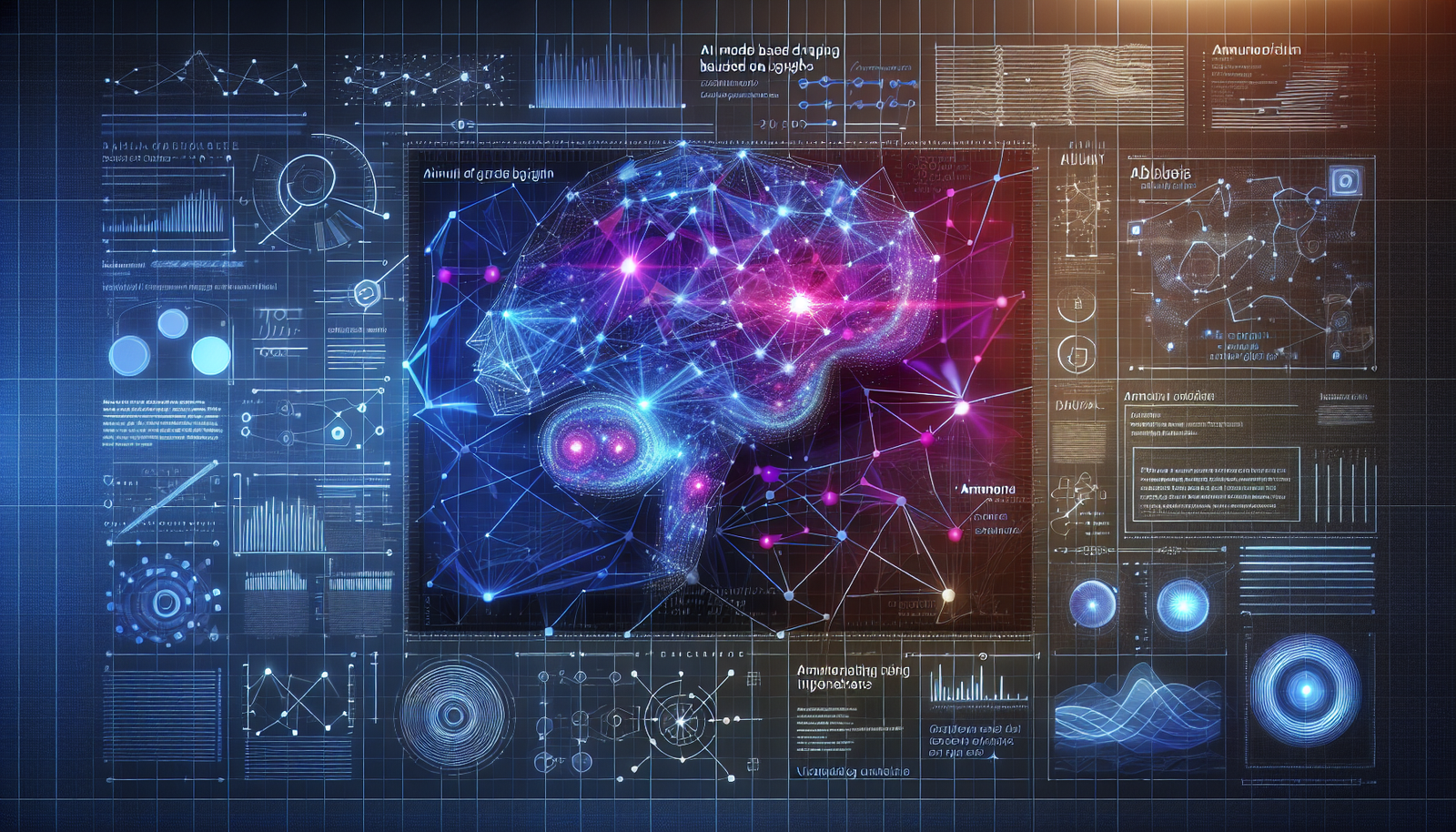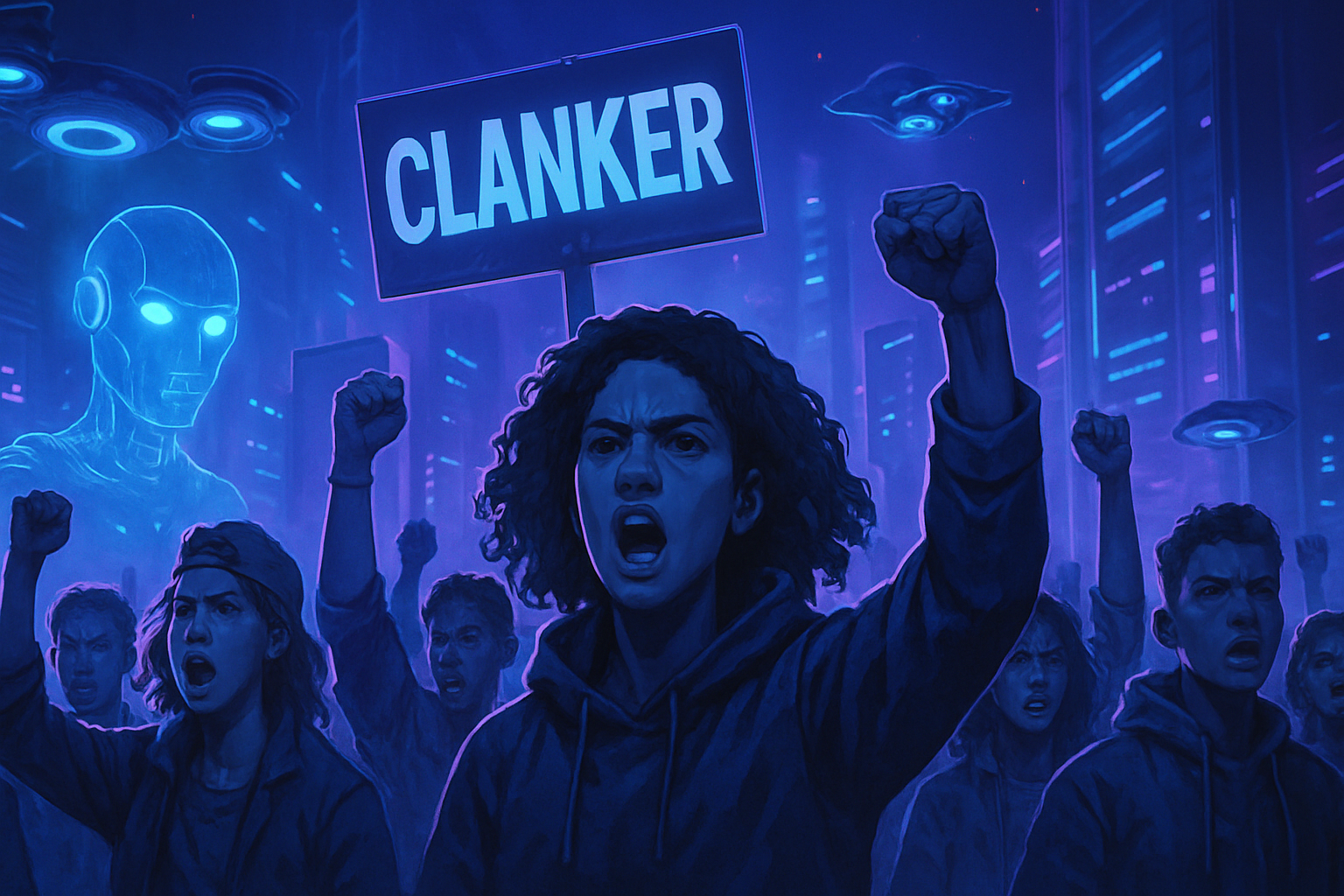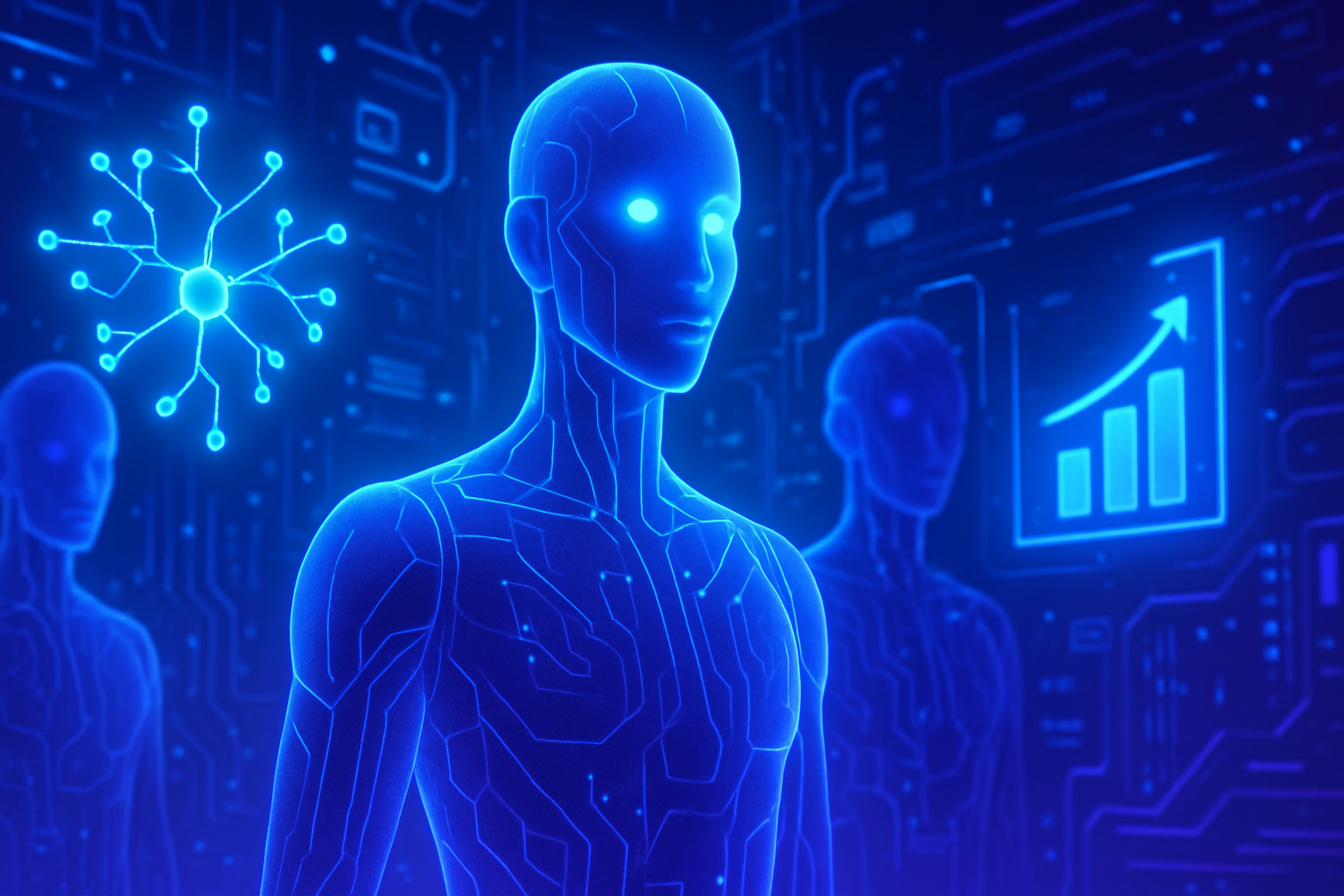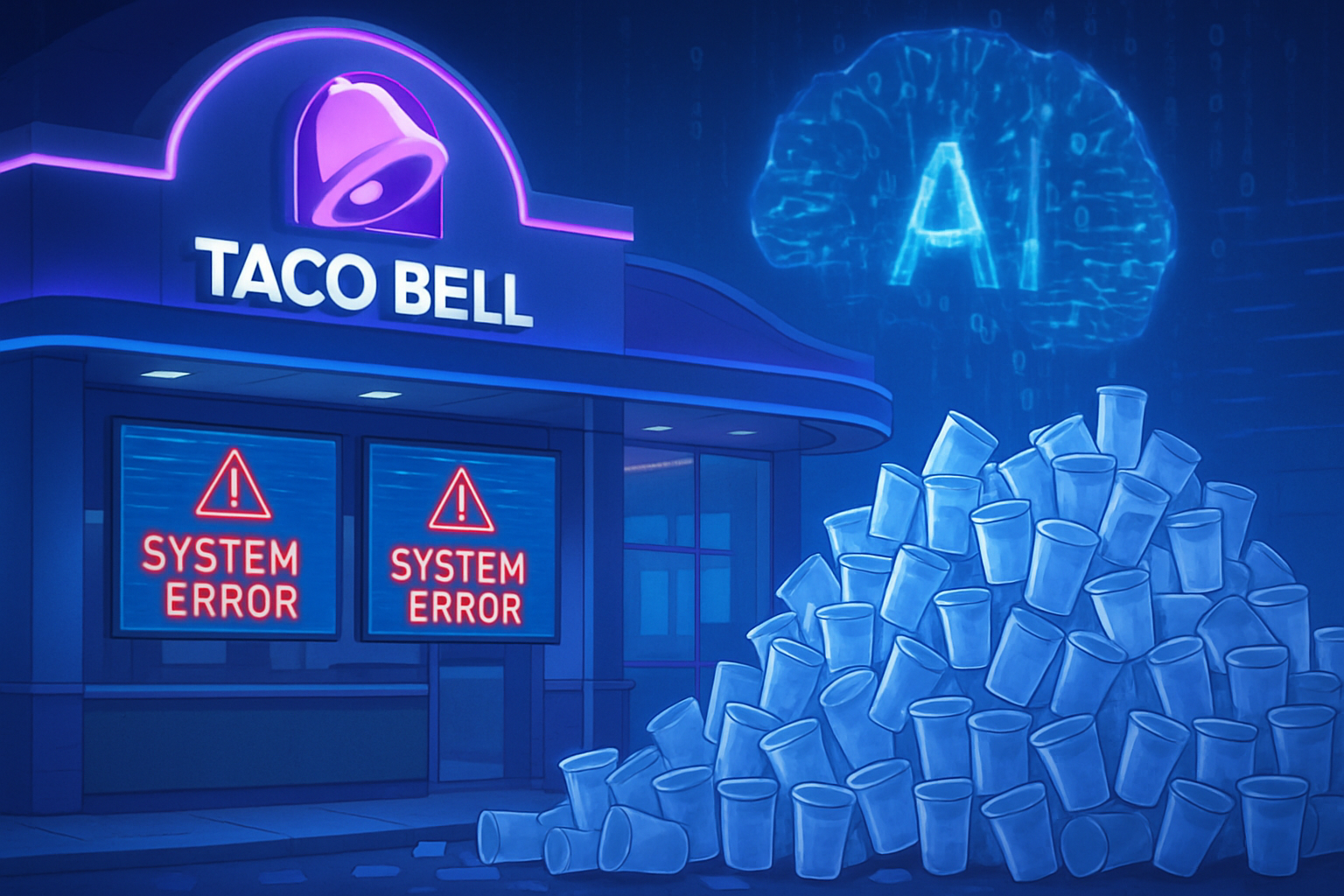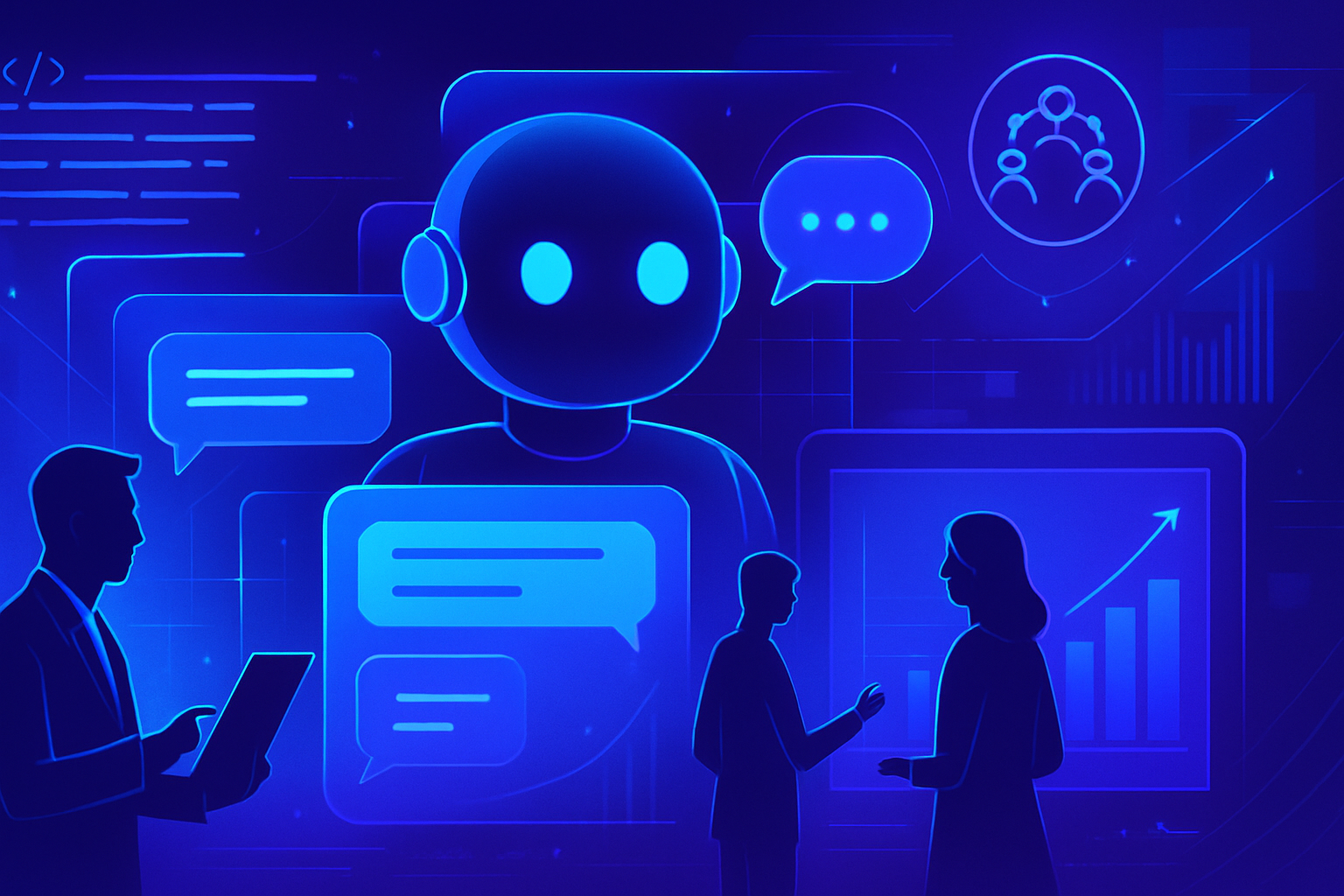An AI model based on graphs
Artificial intelligence (AI) continues to redefine the boundaries of innovation in various fields. An innovative model that combines generative AI tools with graph-based computational approaches promises to open new perspectives in scientific research and material design.
An innovative approach
This model was developed by Markus J. Buehler, a professor at the Massachusetts Institute of Technology (MIT). It merges generative knowledge extraction techniques with graphical representations to capture complex symbolic relationships within scientific systems. Buehler states that it accelerates scientific discovery through the generation of unprecedented predictions about unexplored ideas and concepts.
Category theory and symbolic reasoning
The method relies on graphs inspired by category theory, a mathematical branch concerned with abstract structures. This theory facilitates understanding and unification of various systems by focusing on objects and their interactions. With this approach, the model can systematically reason about complex scientific concepts, revealing deeper relationships than simple analogy.
Analysis of biological materials
Buehler analyzed a collection of 1,000 scientific articles on biological materials, transforming this data into a knowledge map in the form of a graph. This representation highlighted the interconnections between information and identified groups of emerging ideas linking multiple concepts. The scalable nature of the graph and its high degree of connectivity facilitate in-depth reflection.
Practical applications
This tool can be used to answer complex questions, identify gaps in current knowledge, and suggest new designs for materials. It also predicts material behavior while establishing links between concepts traditionally seen as disparate.
A bridge between biology and music
A striking aspect of the model lies in its ability to establish unexpected connections. Indeed, AI has revealed similarities between biological materials and Beethoven’s Symphony No. 9. Just as cells interact in an organized way to fulfill a function, Beethoven arranged notes and themes into a cohesive musical experience.
Creation of new materials inspired by art
In an additional experiment, the model proposed the design of a biological material inspired by the abstract patterns of Wassily Kandinsky’s painting “Composition VII”. The result, a new mycelium-based composite, illustrates a balance between chaos and order while offering various functional properties. This innovation could lead to the development of sustainable construction materials and biomedical devices.
Future perspectives
Through this graph-based model, scientists can draw insights not only from science but also from music and art. This process allows for data analysis and the identification of hidden patterns likely to lead to innovations in material design.
Advancements in this field underscore AI’s ability to establish hidden connections, thus fostering interdisciplinary research. The fusion of knowledge through graphs could lay the foundations for a new era of scientific exploration, enriching both the field of materials and that of visual arts.
The implications of this research extend to overall technological innovation, contributing to the emergence of a future where AI and knowledge graphs play a central role in scientific discovery and human creativity.
Frequently asked questions about a graph-based AI model
What is the primary advantage of using a graph-based AI model?
Graph-based AI models allow for the representation and analysis of complex data by highlighting the structural relationships between different elements, thus facilitating the identification of patterns and insights that may not be visible otherwise.
How can a graph-based AI model contribute to innovation?
This type of model enables the exploration of new connections between different disciplines, which can lead to interesting and innovative discoveries in material, design, and scientific concepts.
What role does category theory play in graph-based AI models?
Category theory provides a framework that helps understand systems by focusing on objects and their relationships, which is essential for training AI to reason about complex and abstract structures.
What types of data can be integrated into a graph-based AI model?
These models can integrate a variety of data, including texts, images, scientific research results, and more, allowing for multimodal analysis and interconnection of information.
What challenges may arise when implementing a graph-based AI model?
Challenges include the need for a sufficient amount of quality data, managing the complexity of the graphs themselves, and interpreting results that can sometimes be counterintuitive.
How can researchers leverage these models in their daily work?
Researchers can use these models to pose complex questions, detect gaps in knowledge, and suggest new research avenues or materials by linking concepts once considered distinct.
Are graph-based AI models accessible to non-experts?
While designing and optimizing such models often requires expertise in data science, tools are being developed to make these technologies more accessible and understandable to non-experts.
What is the future scope of graph-based AI models in other fields?
Potential applications extend beyond materials, including sectors such as biotechnology, musicology, and even art analysis, paving the way for enriching interdisciplinary research.
